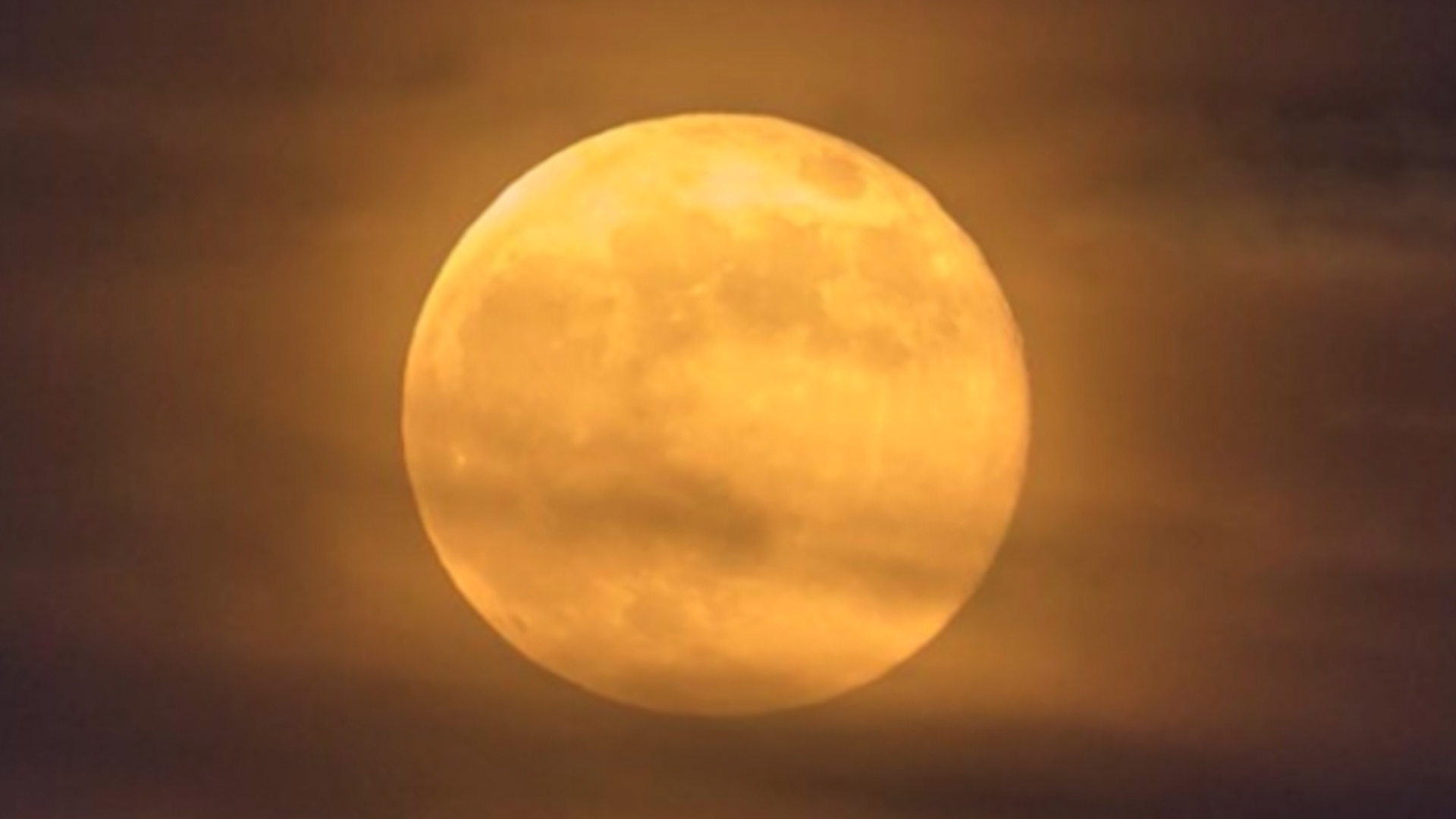Full moons in October: Harvest moon tonight and a rare blue moon on Halloween
(CNN) — As if 2020 isn’t weird enough, it’s a year with 13 full moons rather than 12 — and two of these will occur in October.
October’s first full moon is the harvest moon on October 1, and the second full moon will occur on October 31. That’s right: a full moon on Halloween.
The full harvest moon will rise at 5:05 pm ET on October 1. The name is given to the full moon that occurs closest to the autumnal equinox. While this full moon usually occurs in September, a full moon on September 2 was too early to be known as the harvest moon. In 2019, the full harvest moon occurred on Friday, September 13.
The full harvest moon provides light for farmers harvesting their crops into the night, according to the Farmer’s Almanac.
The moon will appear full for about three days, according to NASA.
October will also close with a full moon on Halloween — the rare full Halloween blue hunter’s moon.
While the moon won’t actually look blue, the second full moon in one month is usually referred to as a blue moon. This happens every 2.5 to three years, or “once in a blue moon.”
Previously, a blue moon was known as the third or fourth full moonin a single season.
Typically, the next moon after the harvest moon is known as the hunter’s moon — when hunters used moonlight to hunt prey and prepare for winter.
While a blue moon seems rare, a full moon on Halloween across time zones is even more rare — an event that hasn’t occurred since 1944.
However, a full moon occurs on Halloween every 19 years in some time zones, so you can expect a full Halloween moon again in 2039, 2058, 2077 and 2096.
The full Halloween moon will rise at 10:49 am ET on October 31 — which explains why the moon will be visible across time zones. This is also the last day of Daylight Saving Time, so set your clocks back an hour on November 1 at 2 am.
Make way for Mars
On the evening of October 2, you might spy a fiery red star to the upper left of the harvest moon, or just above the moon if you look later at night, according to EarthSky.
It’s actually Mars, which will make its closest approach to Earth at 10:18 am ET on October 6.
Mars will be 38,586,816 miles away from Earth — yes, that’s close for Mars — and it won’t be this close again until 2035.
Currently, NASA’s Perseverance rover is zipping through space and on its way to landing on Mars in February 2021.
It launched on July 30, specifically within a time frame that would allow for a quicker journey between Earth and Mars when they’re in alignment on the same side of the sun.
